SIRT3 (PT0250R) PT® Rabbit mAb
- Catalog No.:YM8158
- Applications:WB;IHC;IF;IP;ELISA
- Reactivity:Human; Mouse; Rat;
- Target:
- SIRT3
- Fields:
- >>Nicotinate and nicotinamide metabolism;>>Metabolic pathways;>>Central carbon metabolism in cancer
- Gene Name:
- SIRT3
- Protein Name:
- NAD-dependent protein deacetylase sirtuin-3 mitochondrial
- Human Gene Id:
- 23410
- Human Swiss Prot No:
- Q9NTG7
- Mouse Swiss Prot No:
- Q8R104
- Specificity:
- endogenous
- Formulation:
- PBS, 50% glycerol, 0.05% Proclin 300, 0.05%BSA
- Source:
- Monoclonal, rabbit, IgG, Kappa
- Dilution:
- IHC 1:200-1:1000,WB 1:1000-1:5000,IF 1:200-1:1000,ELISA 1:5000-1:20000,IP 1:50-1:200,
- Purification:
- Protein A
- Storage Stability:
- -15°C to -25°C/1 year(Do not lower than -25°C)
- Other Name:
- SIRT3;SIR2L3;NAD-dependent protein deacetylase sirtuin-3; mitochondrial;hSIRT3;Regulatory protein SIR2 homolog 3;SIR2-like protein 3
- Molecular Weight(Da):
- 44kD
- Observed Band(KD):
- 28kD
- Background:
- This gene encodes a member of the sirtuin family of proteins, homologs to the yeast Sir2 protein. Members of the sirtuin family are characterized by a sirtuin core domain and grouped into four classes. The functions of human sirtuins have not yet been determined; however, yeast sirtuin proteins are known to regulate epigenetic gene silencing and suppress recombination of rDNA. Studies suggest that the human sirtuins may function as intracellular regulatory proteins with mono-ADP-ribosyltransferase activity. The protein encoded by this gene is included in class I of the sirtuin family. Two alternatively spliced transcript variants that encode different proteins have been described for this gene. [provided by RefSeq, Jul 2008],
- Function:
- catalytic activity:NAD(+) + an acetylprotein = nicotinamide + O-acetyl-ADP-ribose + a protein.,cofactor:Binds 1 zinc ion per subunit.,function:NAD-dependent deacetylase. Despite some ability to deacetylate histones in vitro, it is unlikely in vivo.,PTM:Processed by mitochondrial processing peptidase (MPP) to give a 28 kDa product. Such processing is probably essential for its enzymatic activity.,similarity:Belongs to the sirtuin family.,similarity:Contains 1 deacetylase sirtuin-type domain.,tissue specificity:Widely expressed.,
- Subcellular Location:
- Mitochondrion matrix
- Expression:
- Widely expressed.
CD90 affects the biological behavior and energy metabolism level of gastric cancer cells by targeting the PI3K/AKT/HIF‑1α signaling pathway. Oncology Letters Oncol Lett. 2021 Mar;21(3):1-1 WB Human 1:1000 AGS cell
- June 19-2018
- WESTERN IMMUNOBLOTTING PROTOCOL
- June 19-2018
- IMMUNOHISTOCHEMISTRY-PARAFFIN PROTOCOL
- June 19-2018
- IMMUNOFLUORESCENCE PROTOCOL
- September 08-2020
- FLOW-CYTOMEYRT-PROTOCOL
- May 20-2022
- Cell-Based ELISA│解您多样本WB检测之困扰
- July 13-2018
- CELL-BASED-ELISA-PROTOCOL-FOR-ACETYL-PROTEIN
- July 13-2018
- CELL-BASED-ELISA-PROTOCOL-FOR-PHOSPHO-PROTEIN
- July 13-2018
- Antibody-FAQs
- Products Images
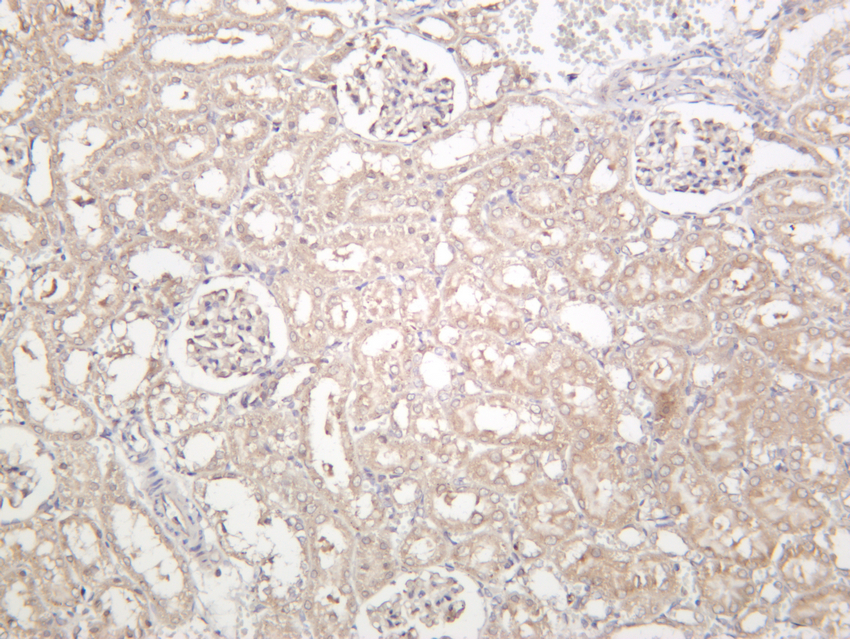
- Rat liver was stained with anti-SIRT3 (PT0250R) rabbit antibody
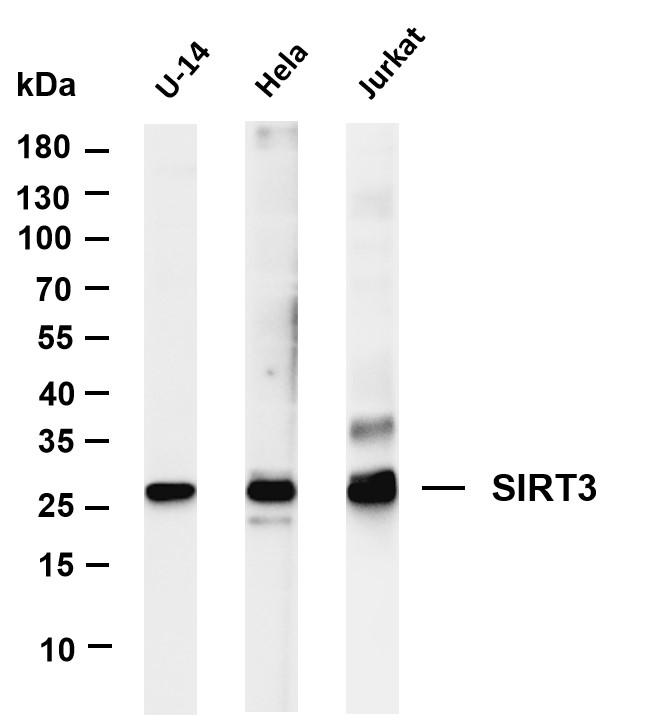
- Various whole cell lysates were separated by 4-20% SDS-PAGE, and the membrane was blotted with anti-SIRT3 (PT0250R) antibody. The HRP-conjugated Goat anti-Rabbit IgG(H + L) antibody was used to detect the antibody. Lane 1: U-14 Lane 2: Hela Lane 3: Jurkat Predicted band size: 44kDa Observed band size: 28kDa
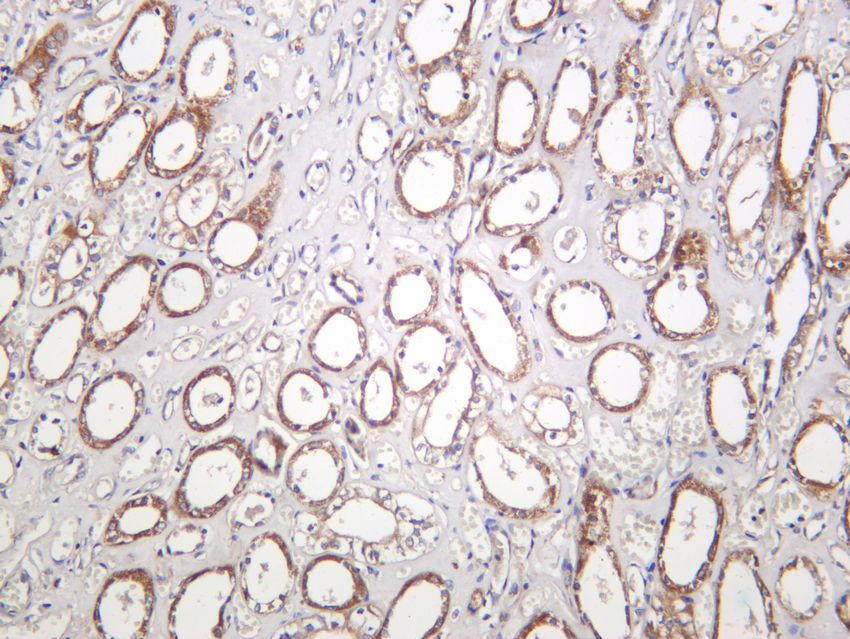
- Human kidney was stained with anti-SIRT3 (PT0250R) rabbit antibody
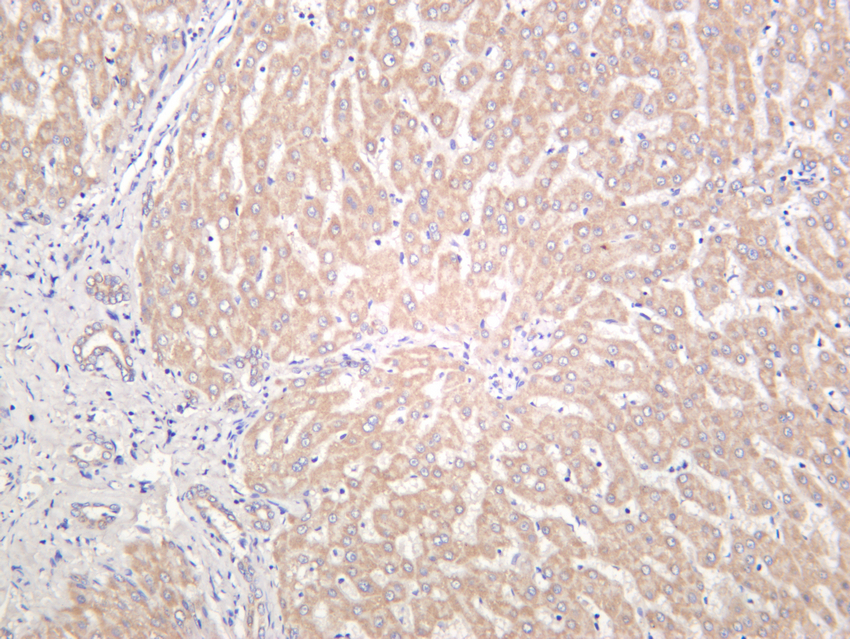
- Human liver was stained with anti-SIRT3 (PT0250R) rabbit antibody
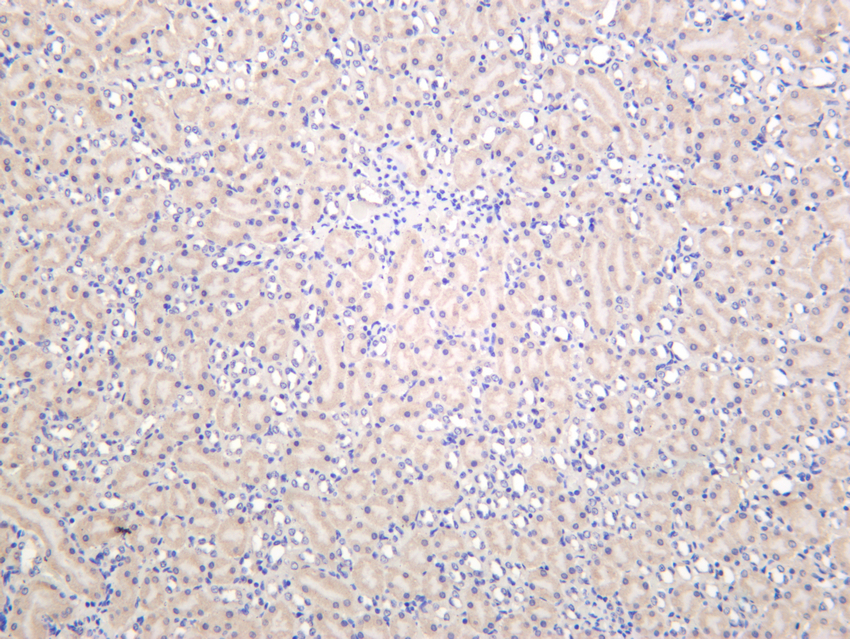
- Mouse liver was stained with anti-SIRT3 (PT0250R) rabbit antibody



